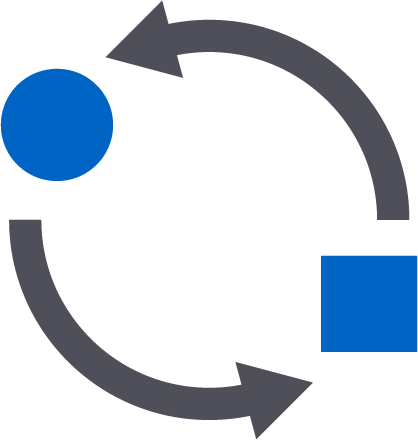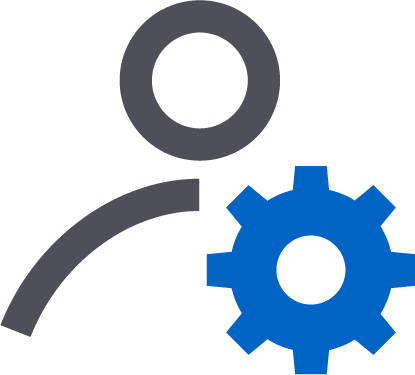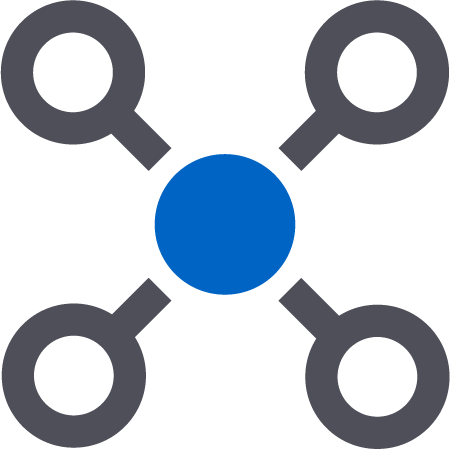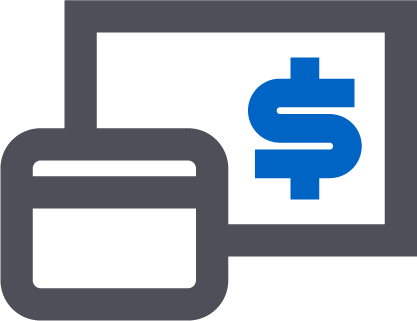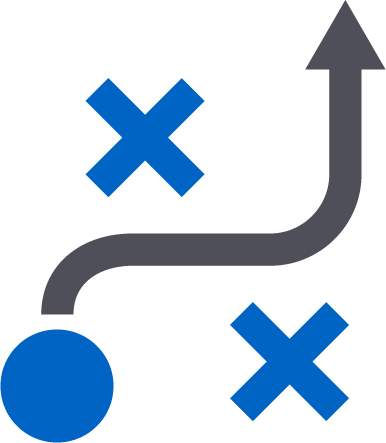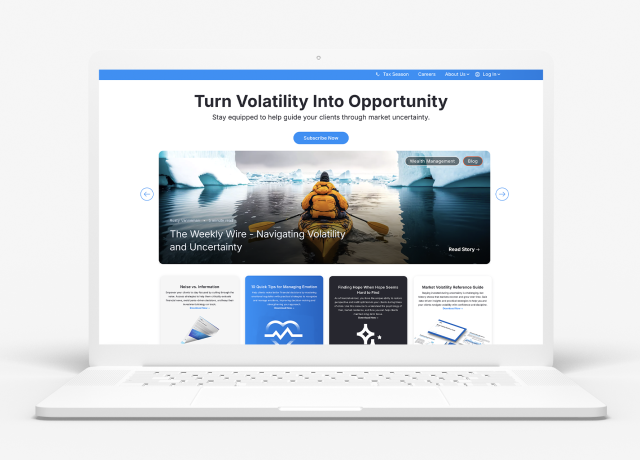In today’s market environment, staying competitive means more than having a trading system that “gets the job done.” It requires an automated, model-driven platform built to handle complexity without adding operational burden.
Not all trading inefficiencies are visible on the surface. The real question is whether your current setup can carry your firm into its next stage of growth.
Hidden Inefficiencies in Legacy Workflows
Many firms continue to rely on trading systems that weren’t built for modern demands. If you’re managing household-level portfolios, tax-sensitive clients, or firm-wide model strategies, a static, account-by-account approach quickly becomes unsustainable.
Legacy platforms often lack the flexibility to support model-based portfolio trading or the controls needed to maintain consistency across custodians and investment teams. Advisors may be forced to operate in silos, leading to inconsistent implementation and operational drag.
Even worse, manual processes — like rebalancing with spreadsheets or exporting static trade files — can introduce real risks. They can slow down execution, increase the potential for error, and limit visibility into real-time decisions.
What Modern Trading Should Look Like
At the core of a future-proof trading platform is intelligent automation. Not just automation for automation’s sake, but rather using smart, configurable guardrails that allow your firm to move faster, without losing control.
Instead of rebalancing accounts one by one, scalable trading workflows apply updates across models and households with just a few clicks. Tax-efficient transitions, automated cash raises, and drift monitoring happen in the background, freeing your team from hours of manual review.
Equally important is household-level trading. True client-centricity requires managing portfolios across the full household, not just individual accounts. That means handling cash, tax, and risk exposure holistically while maintaining the flexibility to honor unique preferences, restrictions, and goals.
And because speed and precision matter, modern systems provide real-time insight and control. Traders and advisors can see which accounts are off-model, review proposed trades in seconds, and submit trades to multiple custodians from a unified interface.


